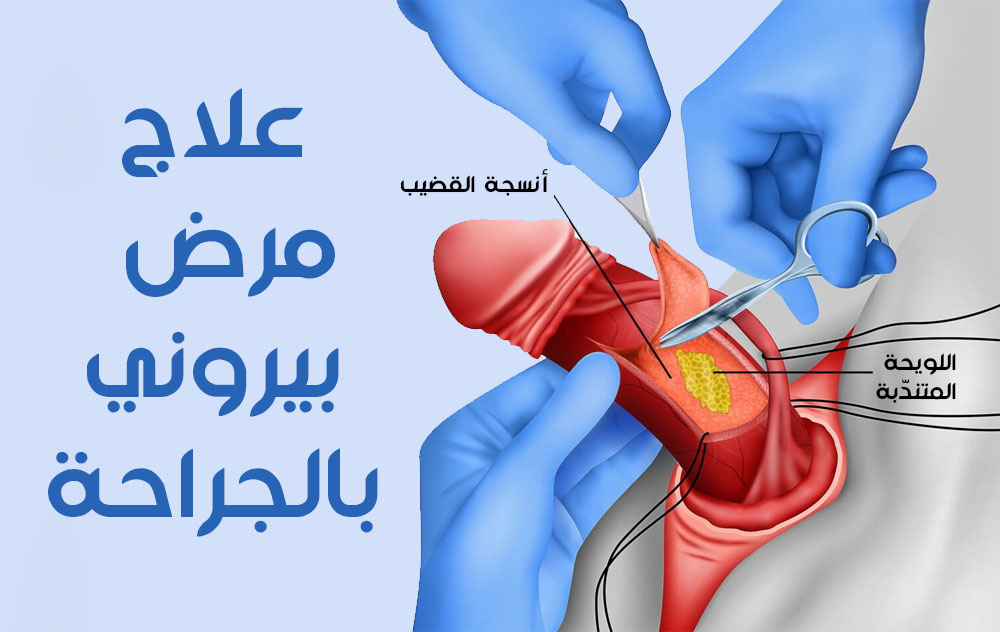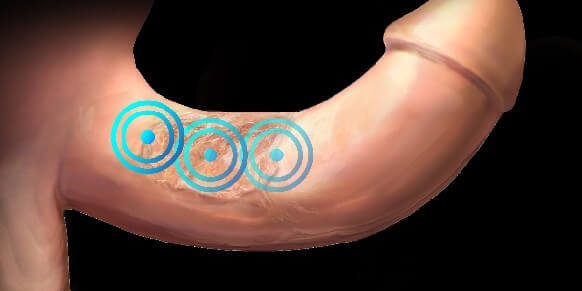
Peyronie’s Disease: A Cutting-Edge Treatment for Erectile Dysfunction
Peyronie’s disease is one of the most common health problems that can significantly impact a man’s sex life. This condition, which causes the penis to curve during erection due to the buildup of scar tissue, or “plaque,” causes pain and reduces the ability to have normal sexual intercourse. While Peyronie’s disease may develop gradually, its effects can be painful and disabling, necessitating the search for effective and safe solutions.
Causes of Peyronie’s disease
The cause of Peyronie’s disease is largely unknown, but some studies suggest it may occur after injury or trauma to the penis, such as vigorous movements or injuries from sexual activity. Genetic factors and age may also play a role in increasing the risk of developing the disease. As men age, tissues may gradually change, increasing the likelihood of scar tissue forming in the penis.
Symptoms of Peyronie’s disease
The main symptom of Peyronie’s disease is the presence of scar tissue (plaque) in the penis, which can cause it to bend during erection. In some cases, this can be accompanied by severe pain, especially during erection. Plaque may be concentrated in a specific area of the penis, causing it to bend in a specific direction, making sexual intercourse difficult and painful. In more advanced cases, the disease may cause the penis to shorten or become less flexible.
Diagnosis of Peyronie’s disease
If you suspect you have Peyronie’s disease, a physical examination is the first step in diagnosing the condition. Your doctor will examine your penis to see if scar tissue has affected it. Other tests may include ultrasound or X-rays to detect scar tissue or to confirm possible abnormalities in the penis.
Treatment options for Peyronie’s disease
Treatment for Peyronie’s disease varies depending on the severity of symptoms. Initially, doctors may prefer a “watchful waiting” approach if symptoms are not severe. However, if the condition significantly impacts sexual life, advanced treatment, such as a Peyronie’s cystectomy, may be required.
Peyronie’s Plaque Excision:
Peyronie’s plaque or excision is one of the oldest and most effective treatments for Peyronie’s disease. Surgical treatment involves removing the scar tissue or plaque that has built up in the penis, causing the curvature. In some cases, it may be necessary to completely remove a portion of the scar tissue, while in other cases, only an incision may be made to reduce the curvature.
After this surgery, a grafting procedure is used to fill the gap left by the removal of scar tissue. Special grafts or sutures may be used to hold the tissue in place, helping restore the penis’s natural shape and improve its function.
However, this treatment must be performed under the supervision of highly skilled and specialized doctors, as these procedures may affect erectile function or penile sensitivity in some cases.

Non-surgical treatments:
In addition to surgery, there are several non-surgical treatments that can cure Peyronie’s disease. These include:
Radiofrequency therapy: This treatment uses sound waves to break up scar tissue and stimulate the growth of new tissue.
Penis stretching exercises: Special devices are used to gradually stretch the penis to improve its shape and function.
Vacuum devices: These are devices used to increase blood flow to the penis, which helps improve erection.
Tips for changing your lifestyle and avoiding Peyronie’s disease or erectile dysfunction:
Lifestyle changes play a major role in preventing Peyronie’s disease or reducing its symptoms. These changes include:
Quit smoking: Smoking can negatively affect blood flow to the penis.
Reduce alcohol consumption: Alcohol can affect erectile function and worsen erectile dysfunction.
Exercise regularly: Physical activity improves blood circulation and reduces stress, which helps reduce erectile problems.
Determine the treatment for Peyronie’s disease: surgical or non-surgical, depending on the degree of penile curvature.
Treatment for Peyronie’s disease depends primarily on the severity of symptoms and the degree of penile curvature caused by the buildup of scar tissue (plaque). In some cases, nonsurgical treatments may be effective, while in others, surgery may be the most appropriate option.
Ultimately, the appropriate treatment is determined based on a thorough evaluation by a specialist physician, who examines the patient’s condition and determines the degree of penile curvature and the extent of scar tissue. This evaluation determines whether non-surgical treatment is sufficient or whether surgery is the most appropriate option to achieve the best results and ensure the patient’s comfort and normal sexual function.
